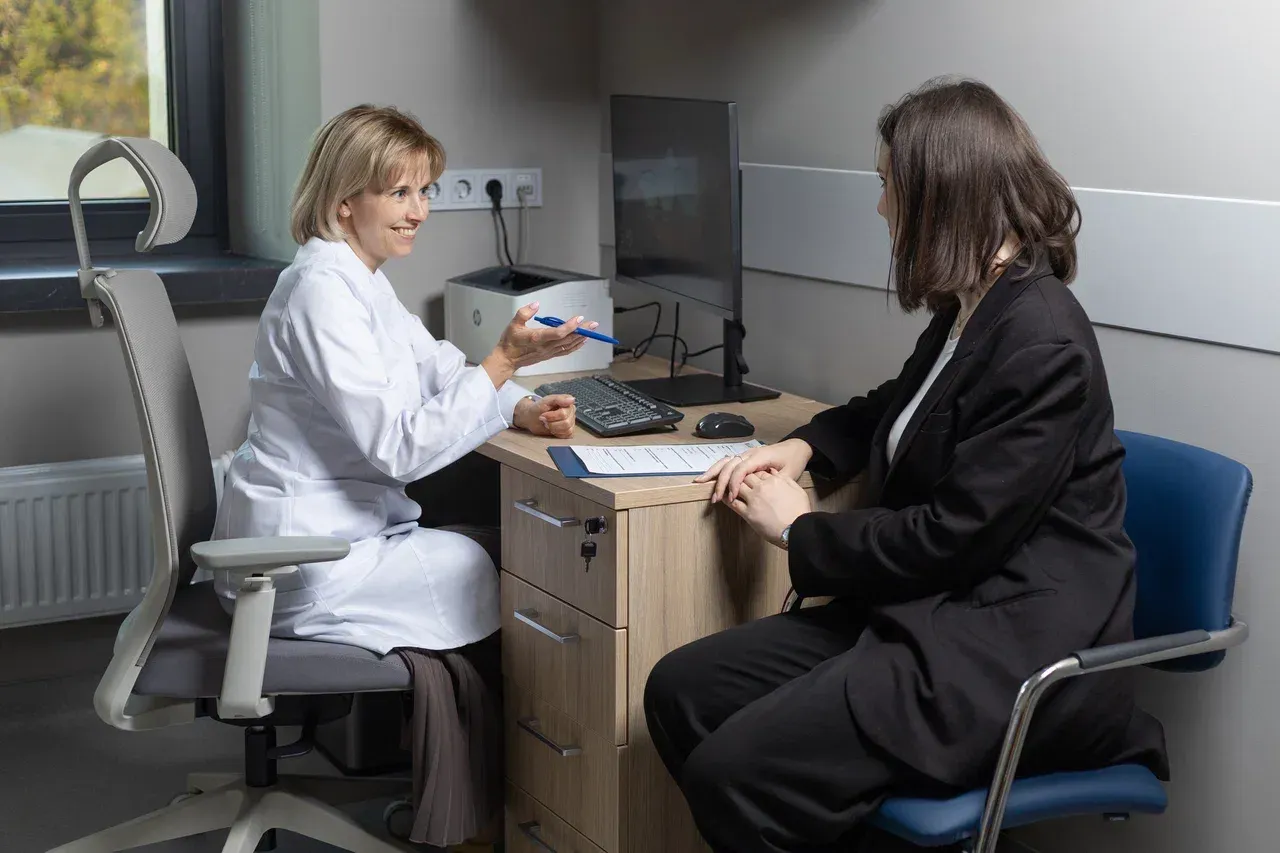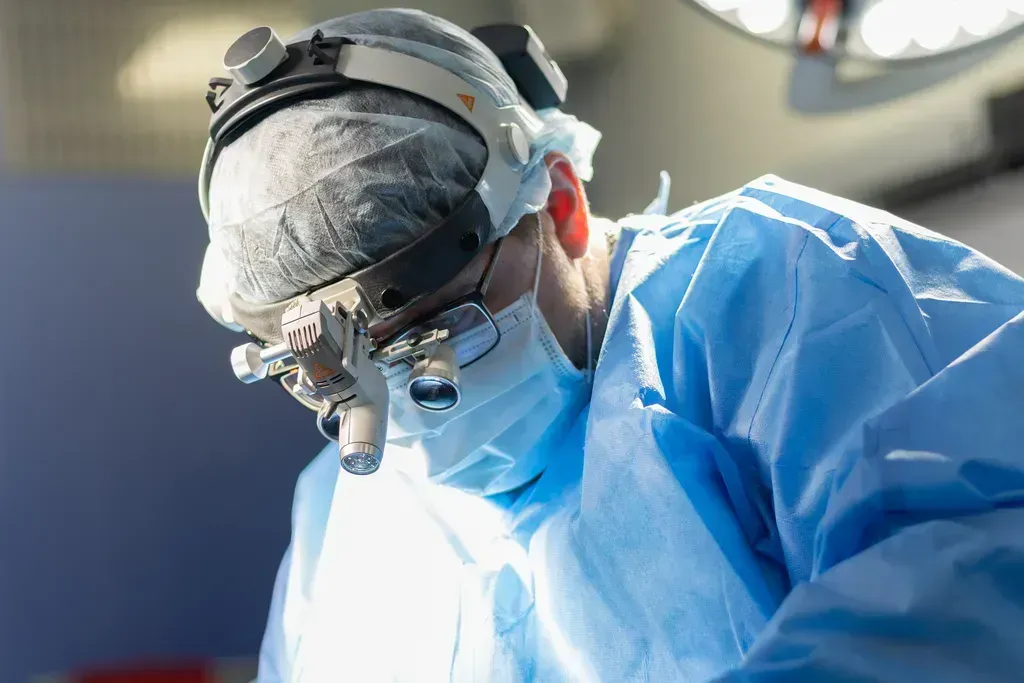Gastroesophageal reflux disease (GERD)
A chronic disease in which the contents of the stomach, including hydrochloric acid and sometimes bile, are thrown back into the esophagus (reflux).

GERD develops due to an imbalance between the aggressive effects of gastric contents and the protective mechanisms of the esophagus. The main reason is the failure of the lower esophageal sphincter, which cannot fully close. This may be due to anatomical features, obesity, pregnancy, or taking certain medications. The constant effect of acid on the mucous membrane of the esophagus leads to inflammation, the formation of erosions and ulcers. It is important for patients with GERD to see a doctor regularly, especially if there are complications. It is recommended to avoid stress, give up smoking and alcohol, and follow a diet. If acute symptoms occur, such as severe pain or vomiting of blood, seek immediate medical attention.
Causes
Obesity or overweight.
Overeating, especially before bedtime.
Pregnancy (due to increased intra-abdominal pressure).
Taking medications that reduce the tone of the lower esophageal sphincter (nitrates, calcium channel blockers, theophylline).
Lifting weights or intense physical activity.
Smoking and alcohol abuse.
Symptoms
Heartburn (burning sensation behind the sternum).
Belching is sour or bitter.
Regurgitation of food.
Pain in the esophagus or behind the breastbone.
Swallowing disorder (dysphagia).
After-effects
The most serious complications of GERD, which develop against the background of a long-term course of the disease, are stricture (narrowing) of the esophagus, the appearance of intestinal epithelial cells in the mucous membrane of the esophagus due to dystrophic changes (Barrett's esophagus) and adenocarcinoma.
Лечение

Conservative treatment
Proton pump inhibitors (PPIs), which reduce the production of hydrochloric acid in the stomach, are the mainstay of GERD treatment. The course of treatment usually lasts at least 4 weeks, but can be extended if there are complications. To improve the motility of the gastrointestinal tract, prokinetics can sometimes be prescribed, which prevent the contents of the stomach from being thrown into the esophagus. If reflux is accompanied by bile withdrawal, drugs can be used to neutralize its effect. Lifestyle changes play an important role: normalization of body weight, avoiding overeating and eating 2-3 hours before bedtime, and eliminating foods that provoke heartburn (coffee, chocolate, spicy and fatty foods). You can also raise the headboard by 15-20 cm to prevent nighttime reflux.

Surgical treatment
Surgical intervention is considered if conservative treatment is ineffective or complications develop. The most common operation is fundoplication, in which a "cuff" is formed around the lower part of the esophagus from the stomach wall. This prevents the contents of the stomach from being thrown into the esophagus. In the presence of Barrett's esophagus or high-grade dysplasia, endoscopic removal of altered mucosal areas may be required. In the case of esophageal stricture, it is expanded by means of bougie or balloon dilation.
Schedule a visit to the clinic
How to reach
Moscow, 1st Yamskogo Polya Street, 15
Mon–Sun Around the clock
+7 495 255-50-03
How to get
From the Belorusskaya metro station of the Zamoskvoretskaya line - exit 4 After exiting the subway, walk through the pedestrian tunnel and climb the stairs. Move towards the railway tracks, go down the stairs immediately after them and walk along the house, then turn right onto 1st Yamskoye Pole Street. At the turn to 3rd Yamsky Pole Street, cross the road at the pedestrian crossing and continue along 1st Yamsky Field Street, after a few buildings on the left you will see Olympus Clinic MARS.
Travel time
9 minutes
Landmark
Olympus Clinic MARS sign
How to get
From the Belorusskaya metro station of the Ring line - exit 2. After exiting the subway, turn left and walk to the pedestrian crossing. Cross the road through two pedestrian crossings and move along the Tverskoy overpass. Go down the stairs immediately after the railway tracks, walk along the house, then turn right onto 1st Yamskoye Pole Street. At the turn to 3rd Yamsky Pole Street, cross the road at the pedestrian crossing and continue along 1st Yamsky Field Street, after a few buildings on the left you will see Olympus Clinic MARS
Travel time
11 minutes
Landmark
Olympus Clinic MARS sign


